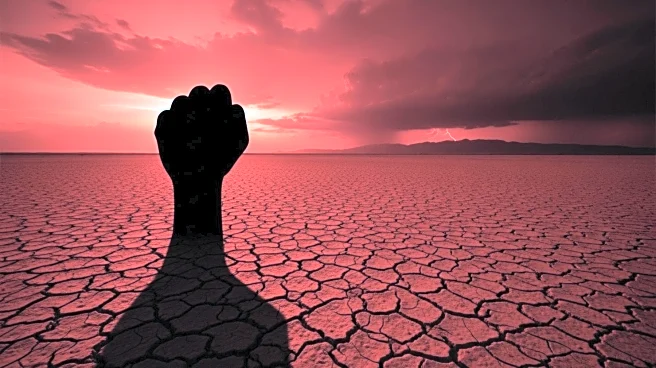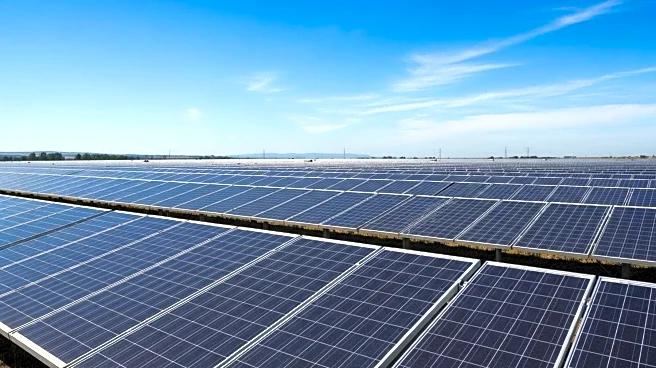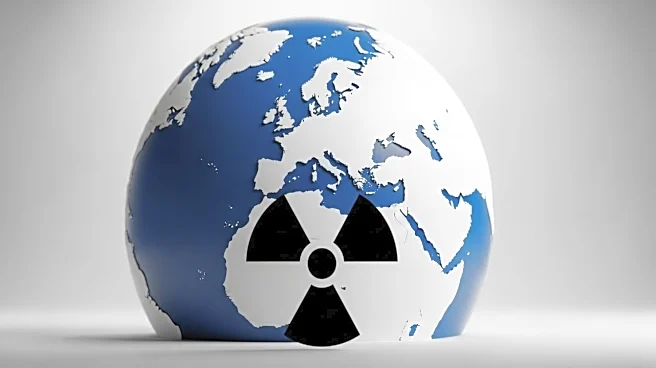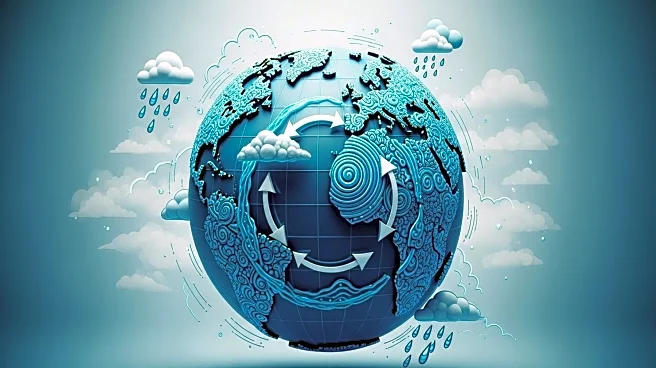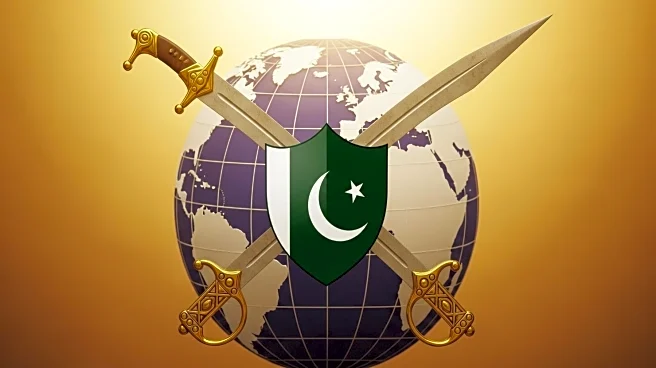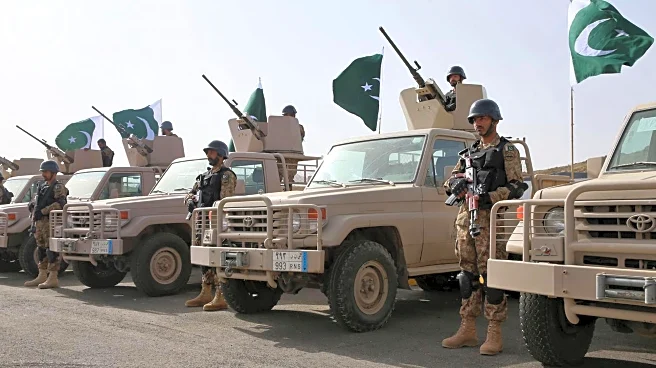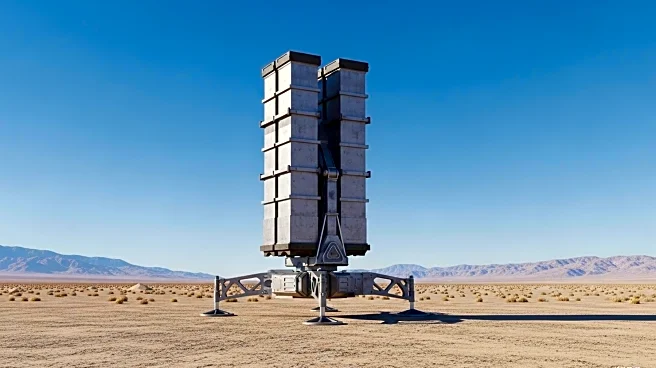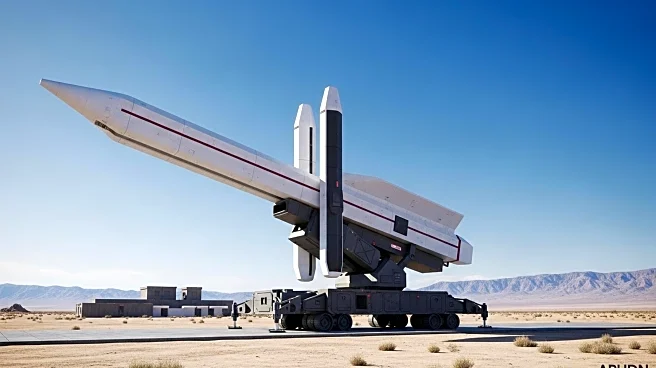What's Happening?
Iran is experiencing a severe water crisis exacerbated by prolonged drought and overextraction of water resources. The country has seen a significant reduction in rainfall, leading to critically low water levels in dams and groundwater reserves. The Iranian government, led by Vice-President Shina Ansari, acknowledges the gravity of the situation and is exploring measures to address the crisis, including changes in agricultural practices and water management policies.
Why It's Important?
The water crisis in Iran has far-reaching implications for the country's economy, agriculture, and public health. With agriculture consuming a large portion of water resources, the crisis threatens food security and livelihoods. The environmental impact, including land subsidence and the drying up of lakes, poses risks to infrastructure and historical sites. The situation highlights the urgent need for sustainable water management and climate adaptation strategies, which could serve as a model for other regions facing similar challenges.
What's Next?
Iran is likely to implement stricter water conservation measures and explore alternative agricultural practices to reduce water consumption. The government may also seek international cooperation and expertise to address the crisis. Efforts to increase renewable energy use and reduce reliance on fossil fuels could be accelerated as part of broader environmental and economic reforms. The crisis may prompt policy changes and investments in water infrastructure and technology.
Beyond the Headlines
The crisis underscores the interconnectedness of environmental, economic, and political factors in resource management. It raises ethical questions about the balance between development and sustainability, and the role of government in ensuring equitable access to resources. The situation may also influence regional geopolitics, as water scarcity becomes a critical issue in the Middle East.

